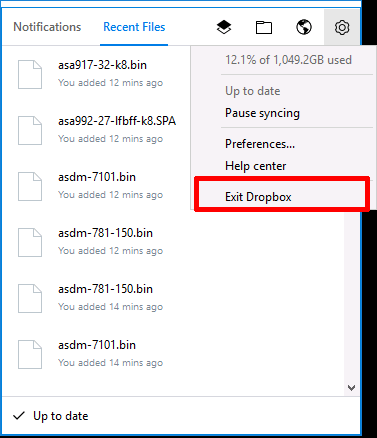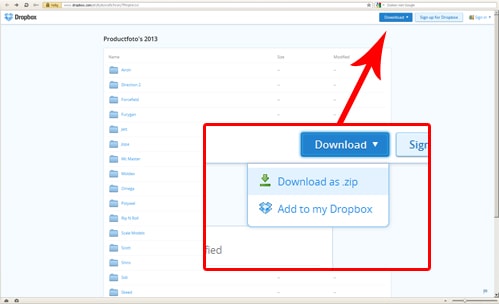

This will prohibit any playback of your content outside of your website, which is helpful not only for protection from theft, but also in cases of streaming video on smaller servers – 3rd party stream embeds could cause huge amounts of unexpected traffic. The URL of your video might be still open for viewing in HTML source, but if you apply a special time-limited signature, it will prevent other websites to link to your video files.

All it takes is to open the HTML source of the page, search for the tag and you will get to the video URL. HTML5 is by its nature an open standard, meaning that it is very much open for stealing. You can apply several layers of security to your video files or streams, so it’s up to you if you want to leave your house with locked armoured doors, or just leave the keys under the mat and keep the windows open. Luckily, there is a wide palette of countermeasures that make things much more difficult for those who would like to “borrow” your work.

No system is unbreakable and there is always a way to download or decrypt a video – from plain screen capturing to more sophisticated methods. How can you protect your video from being downloaded without your permission? The truth is, you cannot.


 0 kommentar(er)
0 kommentar(er)
